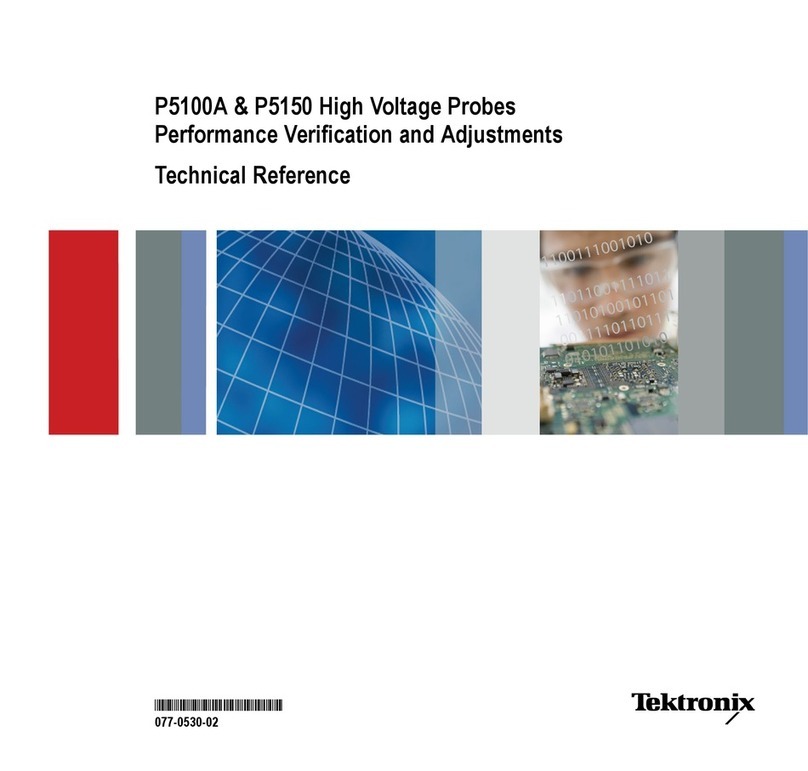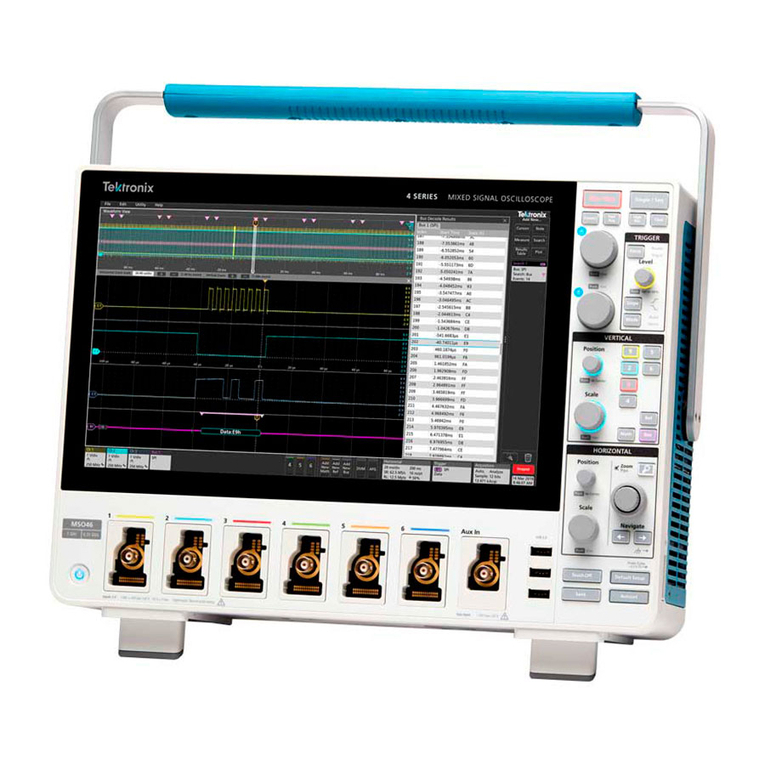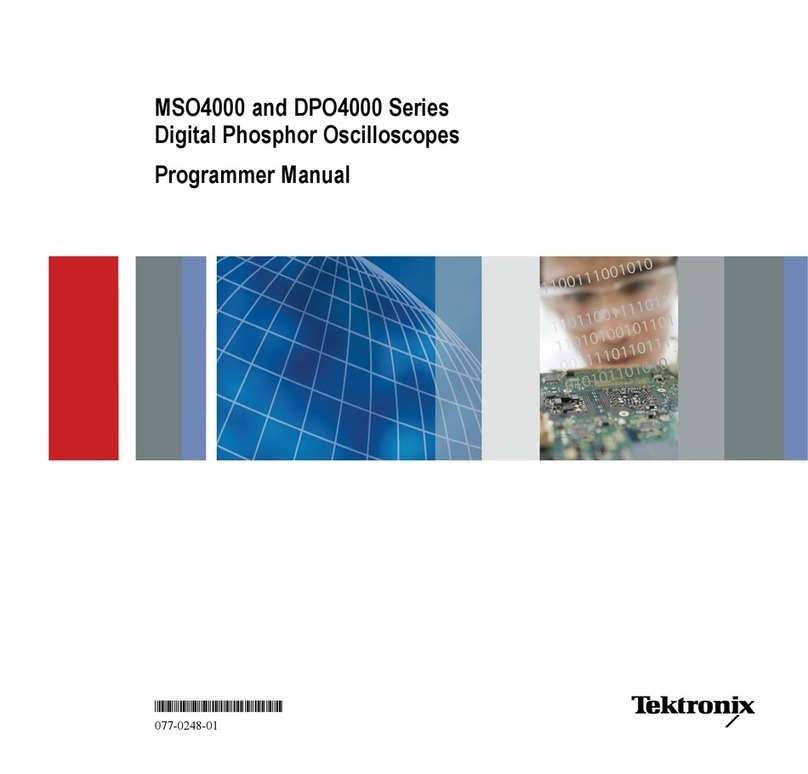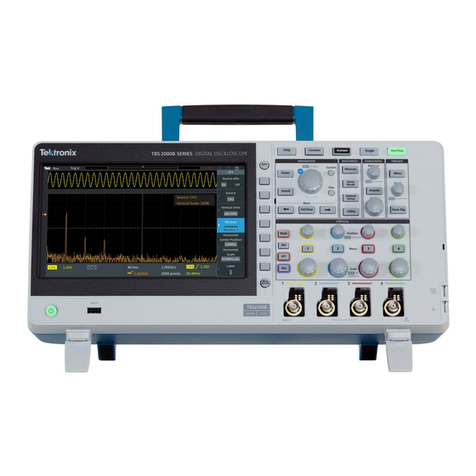Tektronix 519 User manual
Other Tektronix Test Equipment manuals
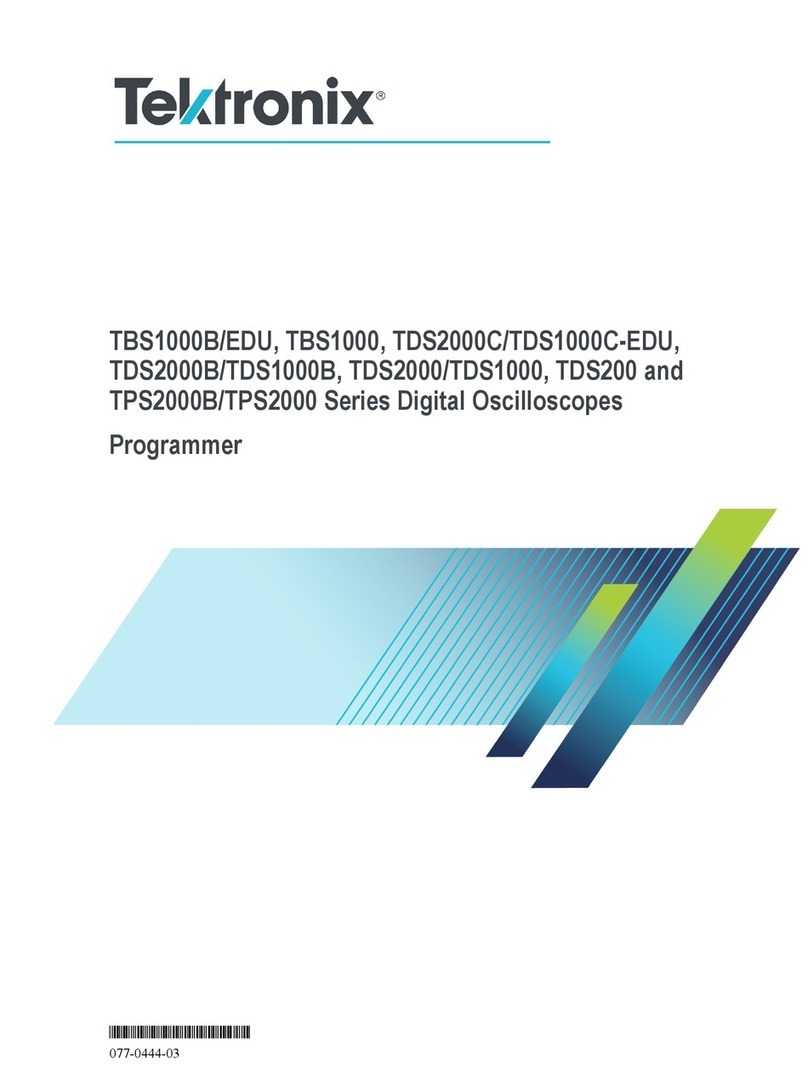
Tektronix
Tektronix TBS1000B-EDU Series Operating and maintenance manual

Tektronix
Tektronix DF2 User manual
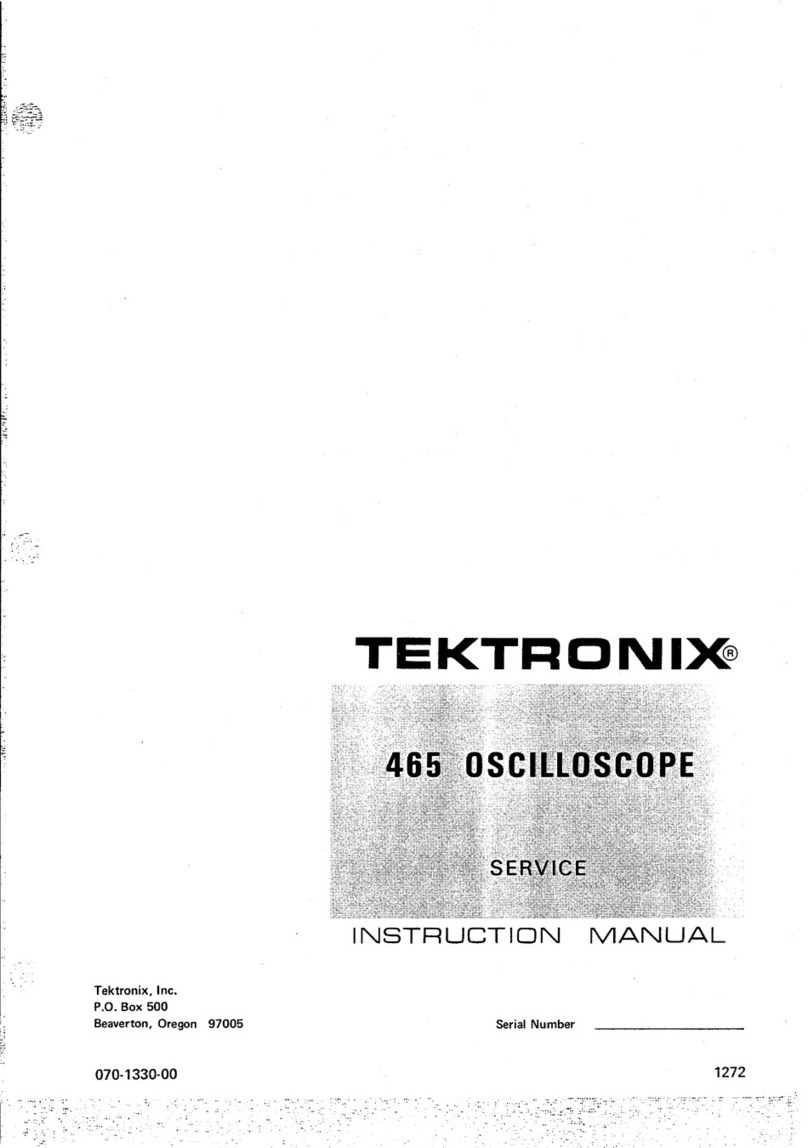
Tektronix
Tektronix 465 User manual
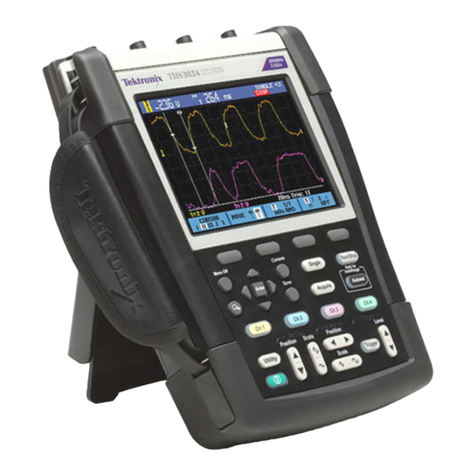
Tektronix
Tektronix TH3000 Series Manual
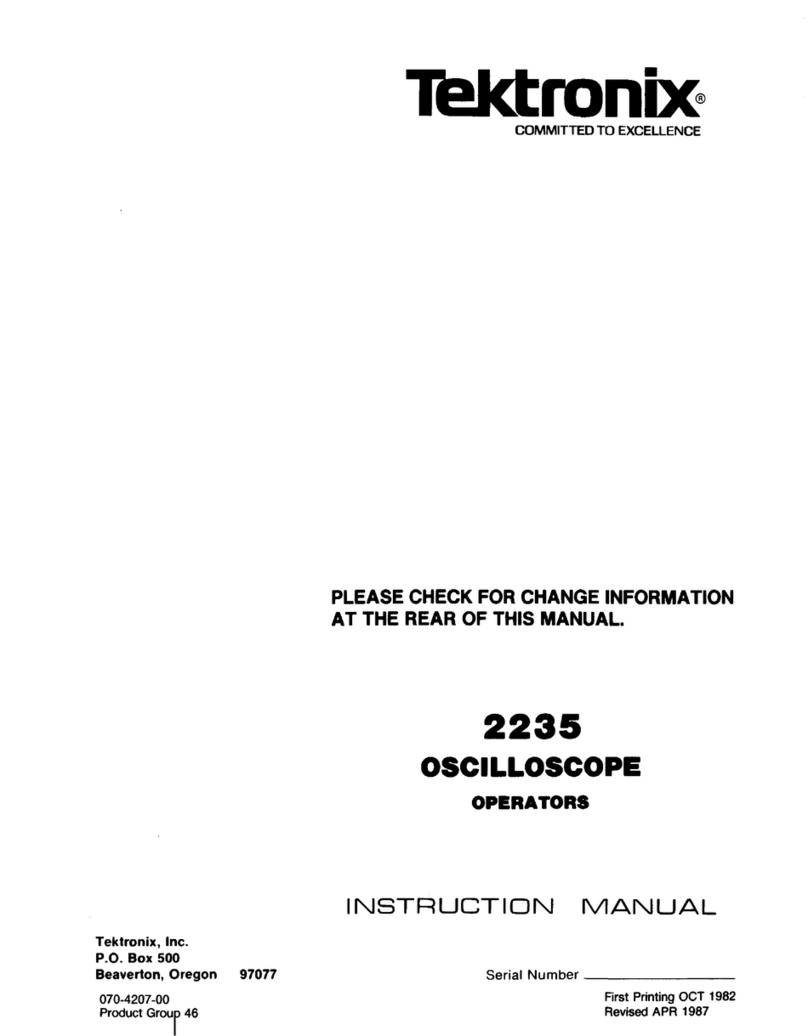
Tektronix
Tektronix 2235 User manual
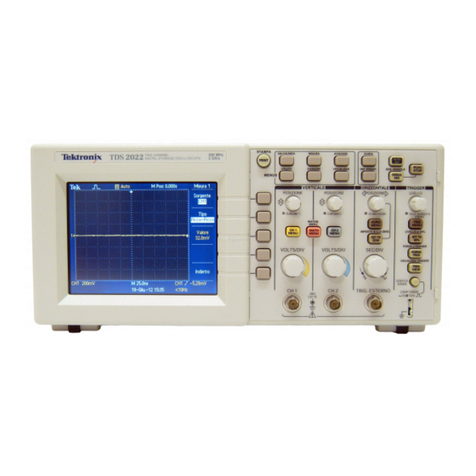
Tektronix
Tektronix TDS200 Series Operating and maintenance manual

Tektronix
Tektronix 420 User manual
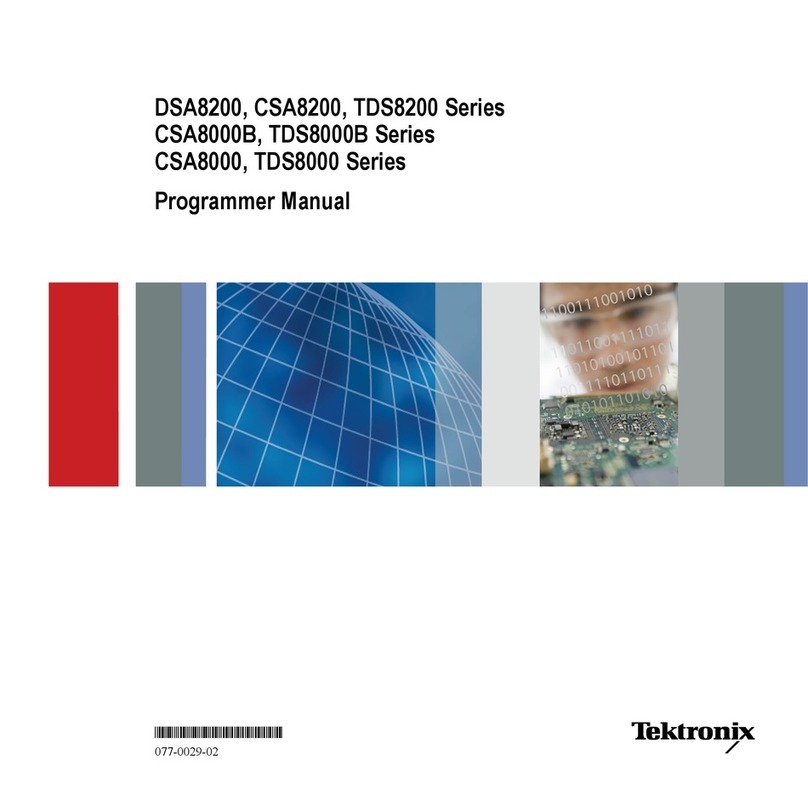
Tektronix
Tektronix DSA8200 Series Operating and maintenance manual

Tektronix
Tektronix 2205 User manual
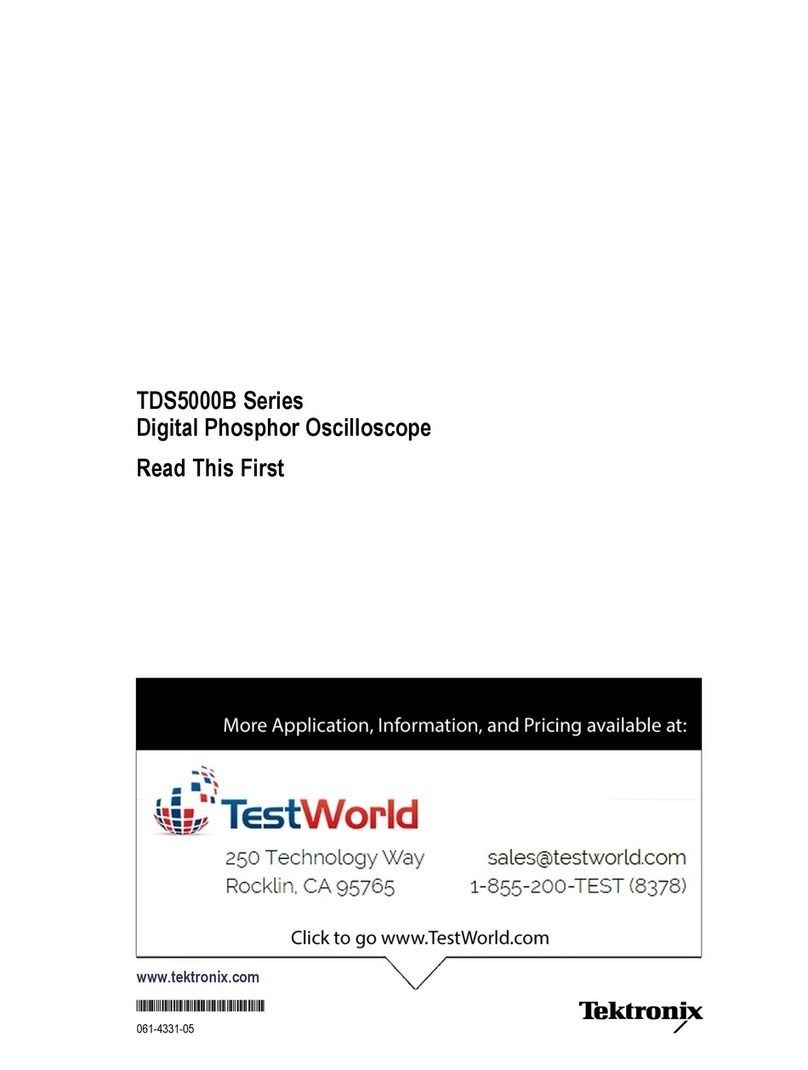
Tektronix
Tektronix TDS5000B Series Instruction sheet

Tektronix
Tektronix KEITHLEY 8010-DTB User manual
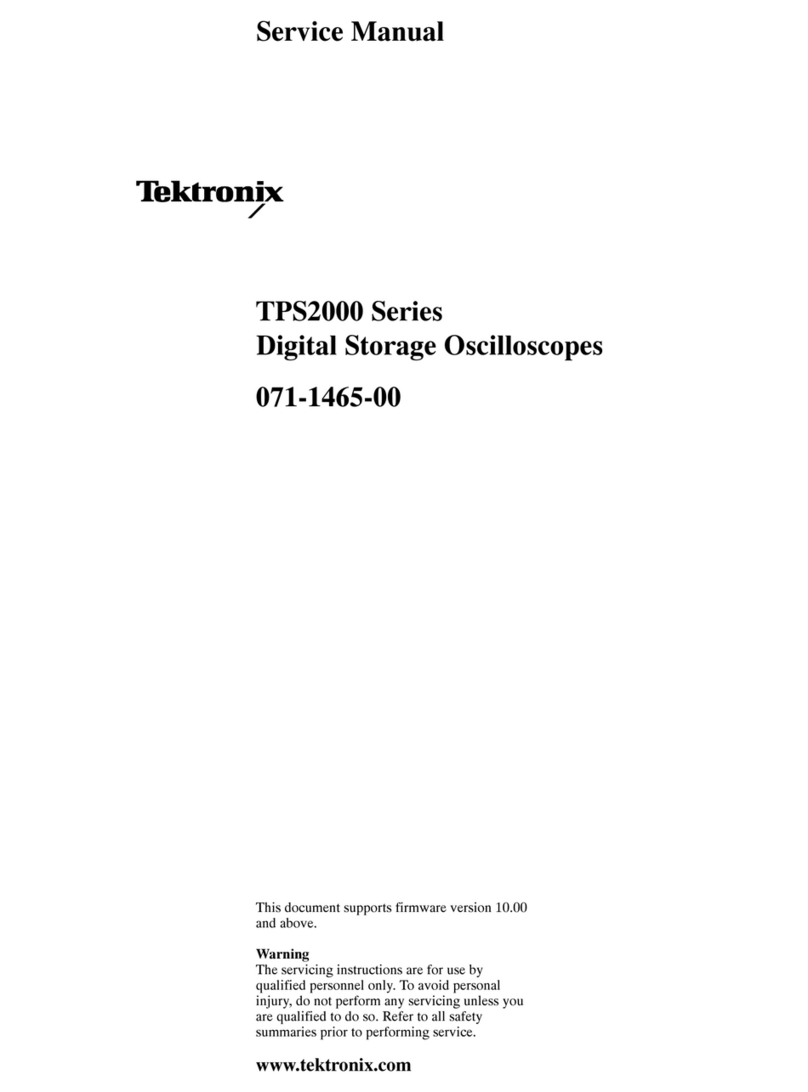
Tektronix
Tektronix TPS2000 Series User manual
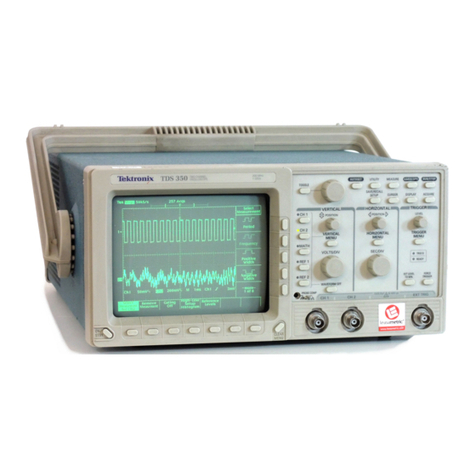
Tektronix
Tektronix TDS 310 User manual
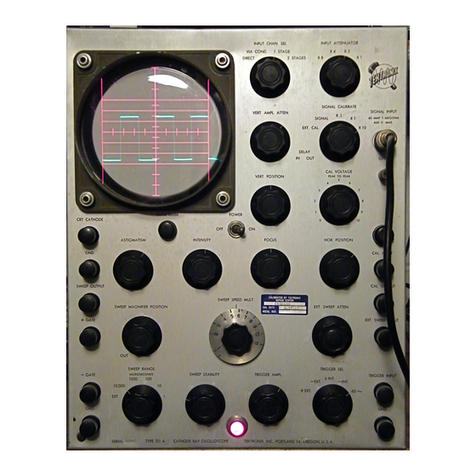
Tektronix
Tektronix 511 User manual
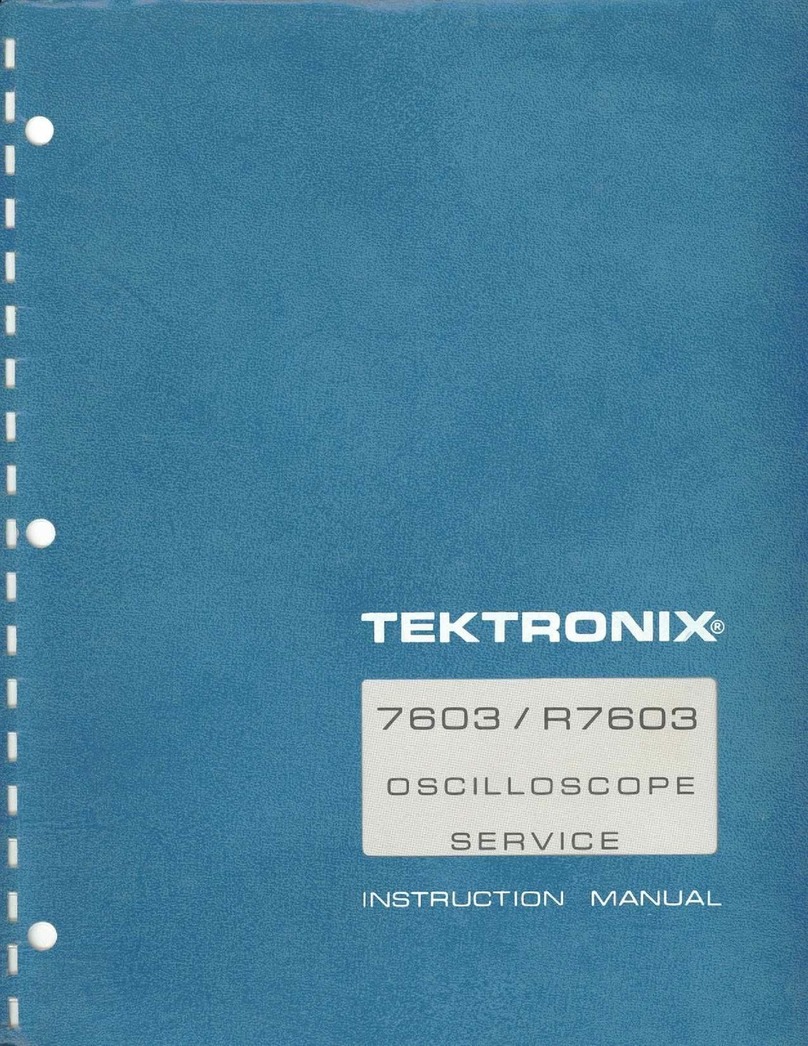
Tektronix
Tektronix 7603 User manual

Tektronix
Tektronix 5 Series Installation and maintenance instructions
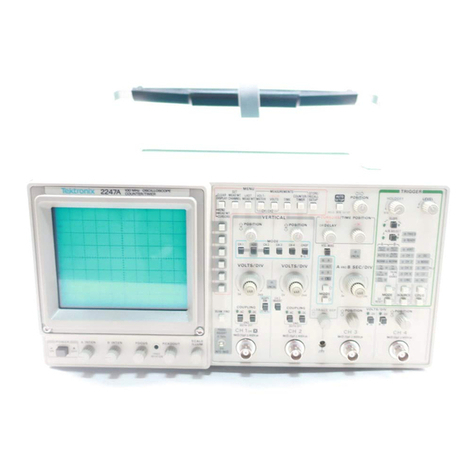
Tektronix
Tektronix 2247A User manual

Tektronix
Tektronix TDS 700A User manual
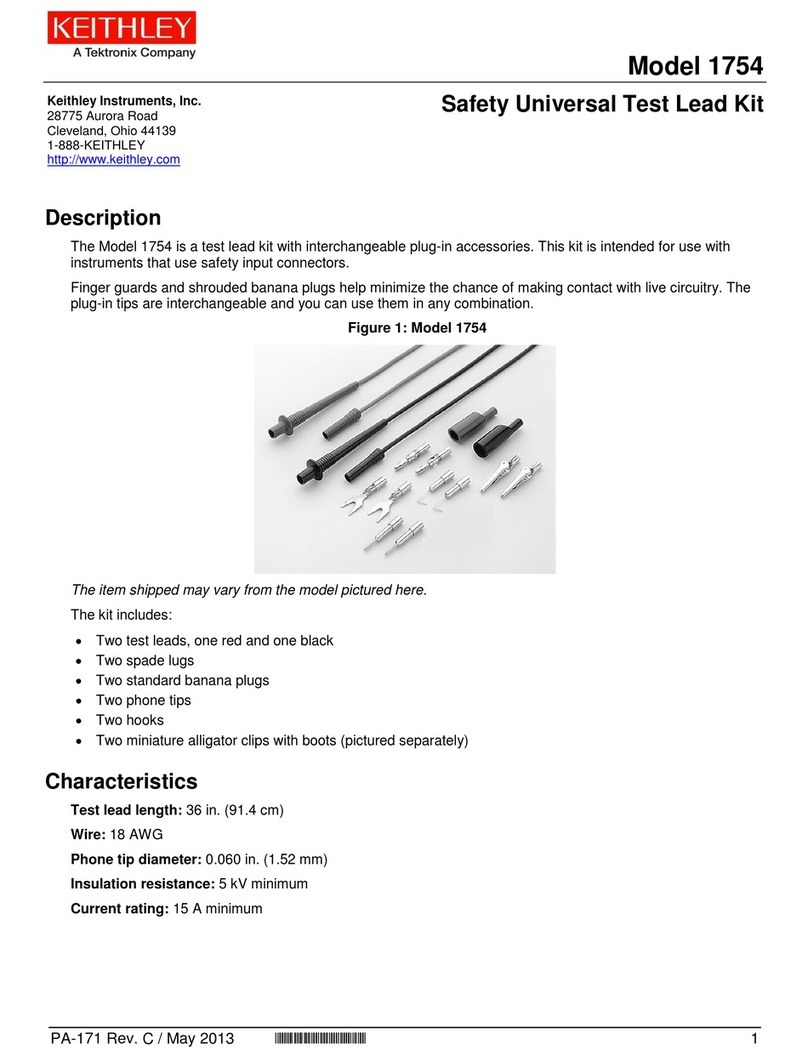
Tektronix
Tektronix Keithley 1754 User manual
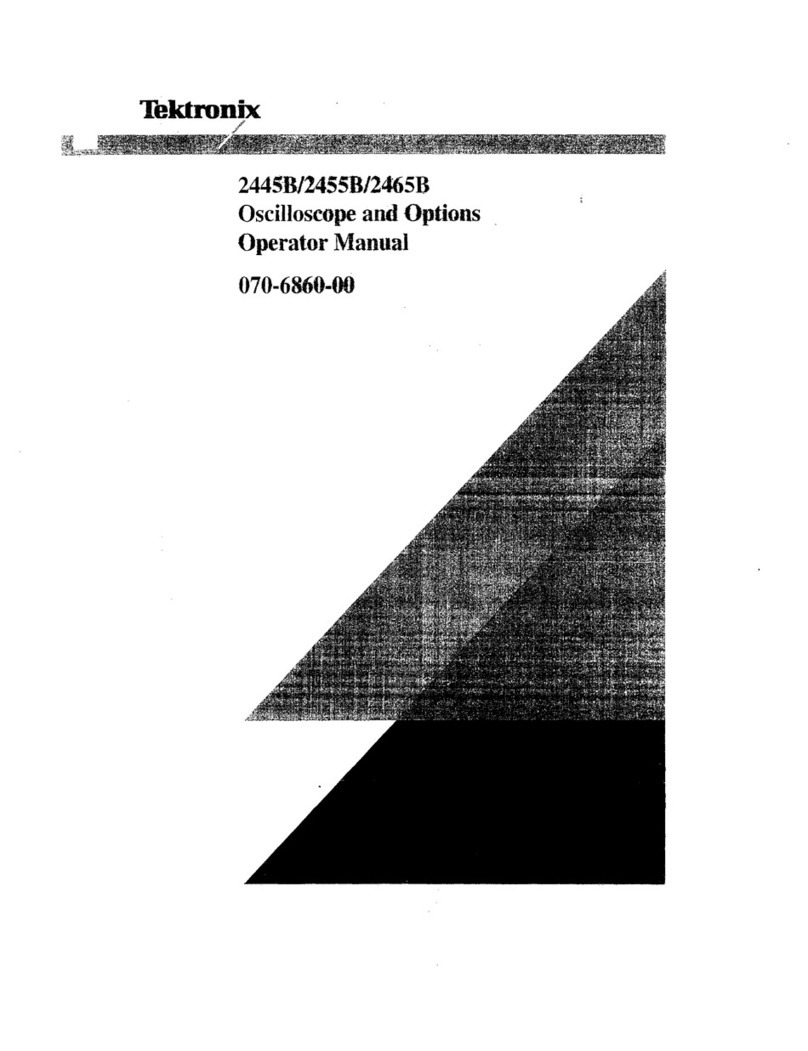
Tektronix
Tektronix 2445B User manual
Popular Test Equipment manuals by other brands

Redtech
Redtech TRAILERteck T05 user manual

Venmar
Venmar AVS Constructo 1.0 HRV user guide

Test Instrument Solutions
Test Instrument Solutions SafetyPAT operating manual

Hanna Instruments
Hanna Instruments HI 38078 instruction manual

Kistler
Kistler 5495C Series instruction manual

Waygate Technologies
Waygate Technologies DM5E Basic quick start guide

StoneL
StoneL DeviceNet CK464002A manual

Seica
Seica RAPID 220 Site preparation guide

Kingfisher
Kingfisher KI7400 Series Training manual

Kurth Electronic
Kurth Electronic CCTS-03 operating manual

SMART
SMART KANAAD SBT XTREME 3G Series user manual

Agilent Technologies
Agilent Technologies BERT Serial Getting started
